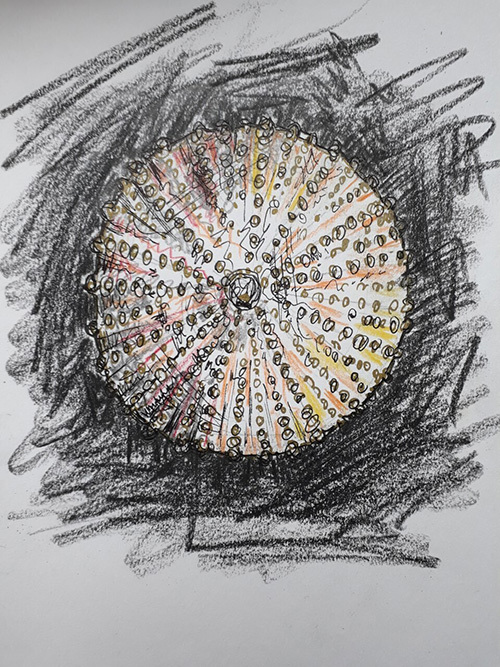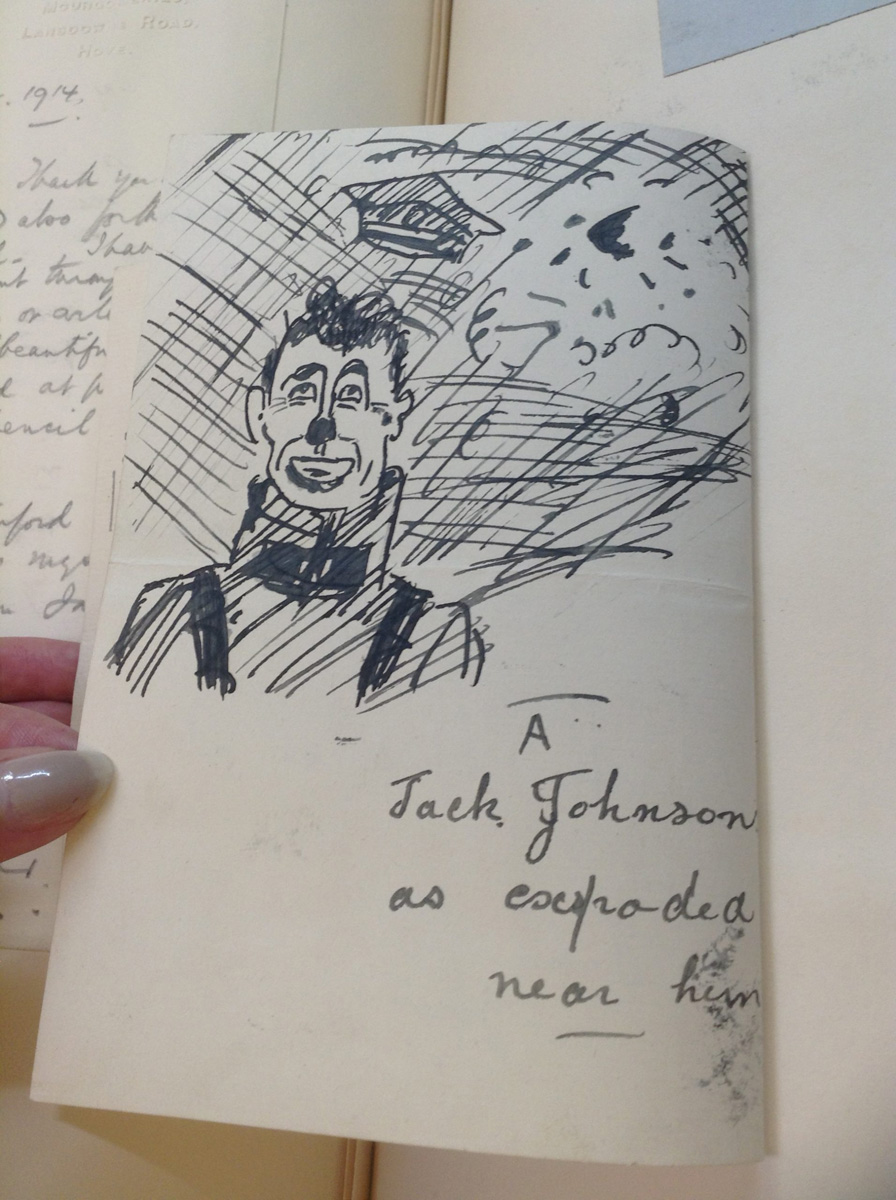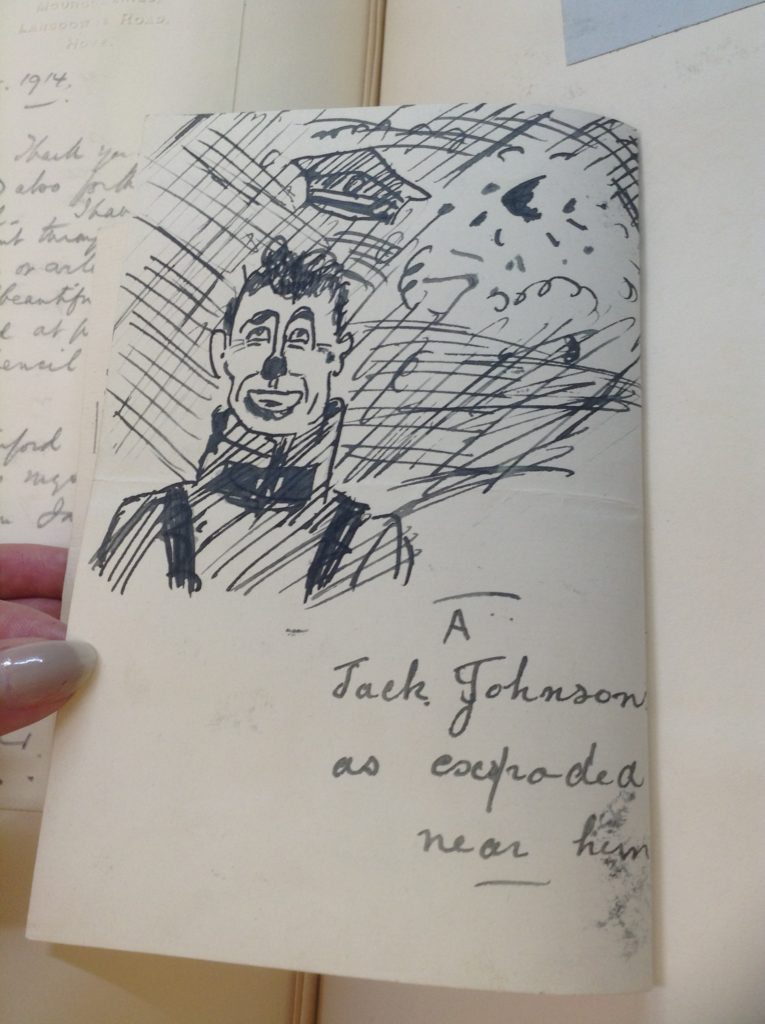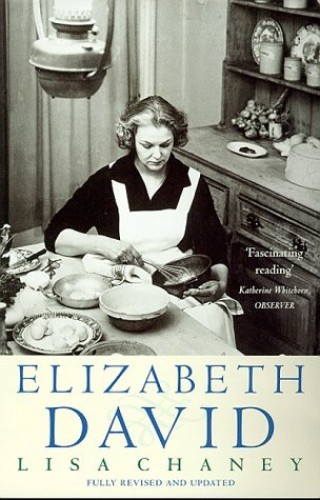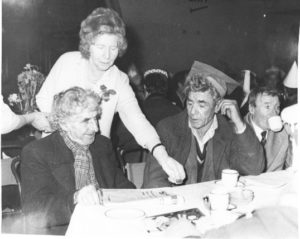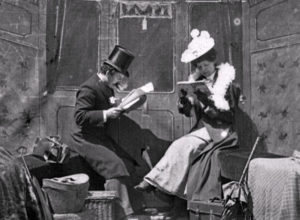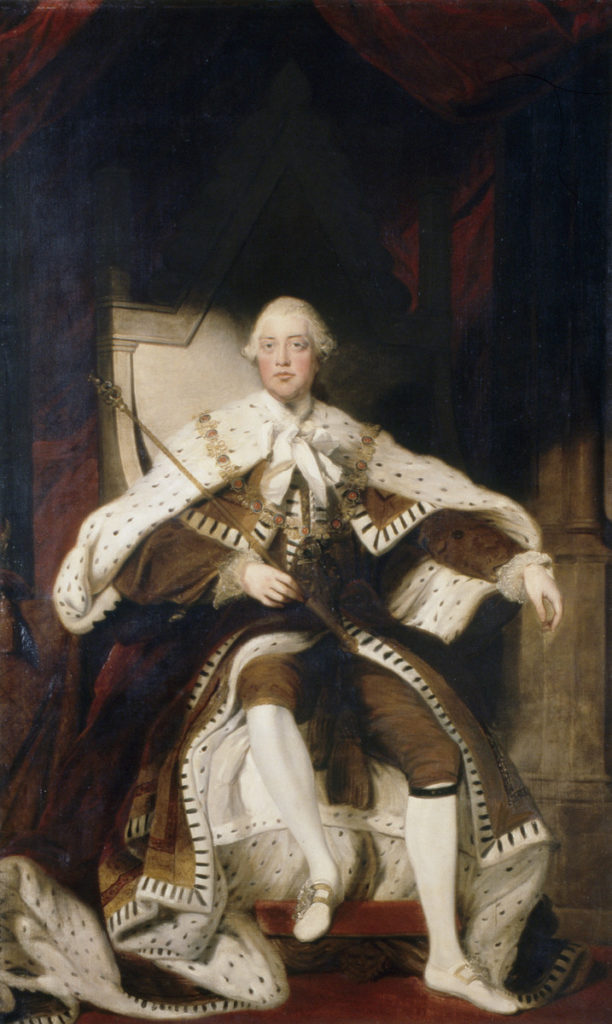
This is a legacy story from an earlier version of our website. It may contain some formatting issues and broken links.
Sussex has no shortage of talented women who have had trailblazing careers in entertainment. Two sisters who were household names in the middle of the twentieth century and found a home in Steyning were Elsie and Doris Waters, aka ‘Gert and Daisy’.
The Waters sisters were born in Peckham (Elsie 1893-1990 and Doris 1904-1978) and went on stage early as part of the family minstrel band, the ‘E. J. Waters Bijou Orchestra’. In 1923 they broke out on their own, performing music and comedy sketches as a double act, making their first radio broadcast in 1929. This so impressed the head of Parlophone, they were asked to make three double sided records. Stuck for material to fill up the last side, the sisters came up with the comic cockney characters, ‘Gert and Daisy’ who chatted about their lives for a few moments. They probably didn’t realise as they bantered back and forth to fill up the last minutes of the record that this last minute hasty invention was going to seal their legacy for years to come as legends of comedy.
The characters of ‘Gert and Daisy’ with their working class backgrounds, repartee about the landlord putting up the rent, knitting, the nosy neighbour, and the hapless men in their lives struck a chord with the British public, and offers of work as ‘Gert and Daisy’ soon started to flow in. The two women became stalwarts of seaside variety shows, music halls, Royal Variety performances, and the occasional film, although radio was where they found a natural home and made their best work.
One of the keys for their runaway success was probably the width of their appeal. ‘Gert and Daisy’s’ authenticity, their comical observations about everyday life and wry, sometimes understated humour appealed across genders, generation and class. Just before the Second World War, they moved to Steyning, eventually living in the village’s Goring Road. When war broke out, the Ministry of Food enlisted their help to inform the public about rationing and food matters, in a daily radio programme, ‘The Kitchen Front’. Tackling issues such as reducing food waste and using more vegetables, the two sisters’ ‘salt of the earth’ comedy creation was the perfect medium to get this serious message across. The show was incredibly popular, its breakfast slot regularly attracting audiences of up to seven million. It even led to a compilation of recipes, ‘Gert and Daisy’s Cookery Book’. At the same time the two became stalwarts of the BBC lunch time show ‘Workers’ Playtime’ which, originally conceived to keep war time morale up, broadcast live from a different works canteen every day. The war saw the pair appearing in three films and touring India and Burma to visit troops.
With the war over the Waters sisters’ comedy cockney creation continued to thrive. Although they never made a successful transition to television, they continued to be huge radio stars with shows such as ‘Gert and Daisy’s Working Party’ (1948) and ‘Floggit’s’ which, working from the premise of the sisters running a fictional, accident-prone shop, saw them working with guest stars such as Ronnie Barker, Joan Sims and Anthony Newley.
In 1946 they were awarded the OBE.
As tastes altered in the 1960s, however, Gert and Daisy’s popularity started to wane, although there was still enough affection for them to keep the Waters sisters working into the 1970s, with one of their last performances taking place at the Brighton Palace Pier Theatre. By then, they had been overtaken in the fame stakes by their brother, Jack Warner, who played that icon of 1970s TV, ‘Dixon of Dock Green’.
In contrast to their altar egos who spent a long time discussing the shortfalls of their fictional men, neither Elsie nor Doris married, continuing to live together in Steyning.
Sadly, Gert and Daisy are not the household names they once were but Steyning Museum is still flying the flag for their talented creators with their large collection of costumes, records and photos related to them, including, on display, an evening gown by Norman Hartnell and photos of the two presenting a silver goblet to the Steyning Stoolball team. The Museum holds a large archive on the sisters, which can be seen by appointment.
At a time when female comedians were thin on the ground and women were generally not considered funny, Elsie and Doris Waters pulled off the remarkable feat of creating a jewel of the canon of British comedy. Gert and Daisy’s influence has ricocheted through the years to inspire female double acts today. Just as impressive was the sisters’ hard work behind the scenes. The largest part of their sketches and even music was written by them, and they boasted that they never used the same material twice. They also ran their own production company, remaining in full control of their own careers, making them pioneers not only of comedy but of the entertainment industry in general.
Gert and Daisy songs and sketches can still be listened to via youtube, and unlike less unsubtle acts of that time, the sisters’ polished performance, perfect comic timing and banter – as well as their warmth – can still raise a smile today.
Women are still continuing to break the traditions of comedy today. As part of the 100 First Women Portraits exhibition by Anita Corbin, the photograph of Jenny Eclair represents her achievement at becoming the First Woman to receive the coveted Edinburgh Comedy Award (previously the Perrier Comedy Awards) in 1995. Jenny claimed the prize after 15 consecutive male wins since the award’s inception in 1980.
Written by social historian Louise Peskett.
I’m indebted to Claire Mortimer and the website funnywomen.com for the information about Gert and Daisy,
Also, thanks to Muriel at Steyning Museum.





